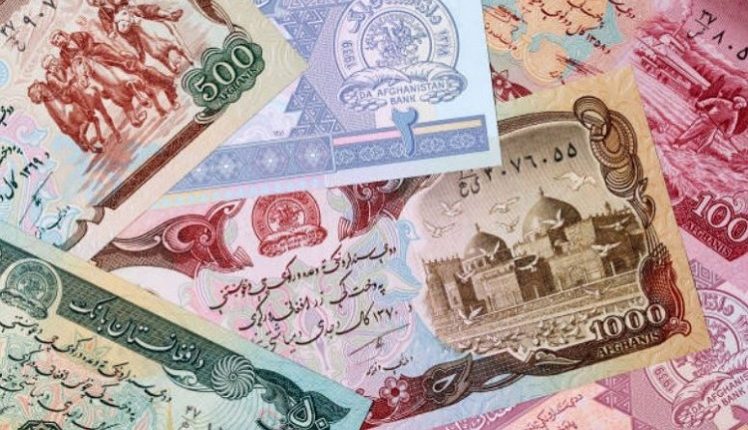Afghan Afghani Soars: The Surprising 9% Currency Surge
Exploring the Reasons Behind Afghanistan's Strong Currency Performance"

In a surprising turn of events, Afghanistan’s currency, the afghani, has emerged as a standout performer in the global currency market this quarter, experiencing a remarkable surge of 9% in value over the past few months. This significant appreciation has positioned the afghani as one of the strongest-performing currencies worldwide. While this development raises eyebrows, there are several factors contributing to this unexpected rise.
One of the primary drivers behind this currency upswing is the influx of humanitarian aid into Afghanistan, coupled with increased trade activities with neighboring Asian nations. This surge in international assistance has injected much-needed liquidity into Afghanistan’s economy, bolstering the afghani’s performance.
Furthermore, the Afghan government, which has been in control for the past two years, has taken proactive steps to stabilize the afghani. These measures include discouraging the use of US dollars and Pakistani rupees for local transactions and implementing stricter regulations on the outflow of foreign currencies from the country. These policies, albeit unconventional, have been instrumental in shoring up the afghani’s strength in the short term.
However, it is crucial to note that Afghanistan still grapples with multifaceted challenges in its economy, society, and politics. These persistent issues could pose a long-term threat to the afghani’s newfound stability. Experts remain cautious, emphasizing that the currency’s current ascent is likely to be short-lived, primarily due to the stringent restrictions on foreign currency usage.
Conversely, Pakistan’s currency, the rupee, has experienced a contrasting trajectory. The rupee has steadily depreciated, losing a staggering 22% of its value since the beginning of the year, despite recent minor improvements. In Afghanistan, currency exchange predominantly takes place through informal channels, with the Sarai Shahzada market in Kabul serving as a pivotal hub for these transactions.
In a unique financial landscape, Afghanistan relies heavily on the Hawala system for cross-border remittances due to its economic challenges and dependence on informal financial networks. While demand for the afghani has surged, primarily driven by stringent regulations on foreign currency usage and increased trade activities, experts anticipate that it will stabilize at its current level for the remainder of the year.
Afghanistan’s central bank has also adjusted withdrawal limits, allowing businesses and individuals to access more US dollars. However, despite the recent resurgence of the afghani, the nation still grapples with pressing issues, including high unemployment rates, soaring inflation, and fluctuating prices, as highlighted by the World Bank.
As Afghanistan navigates its path to economic recovery, the fate of the afghani remains uncertain, with the nation’s complex challenges casting a shadow over its short-term success. Observers and economists closely monitor developments in the country’s financial landscape, awaiting further clarity on the afghani’s resilience in the face of adversity.
